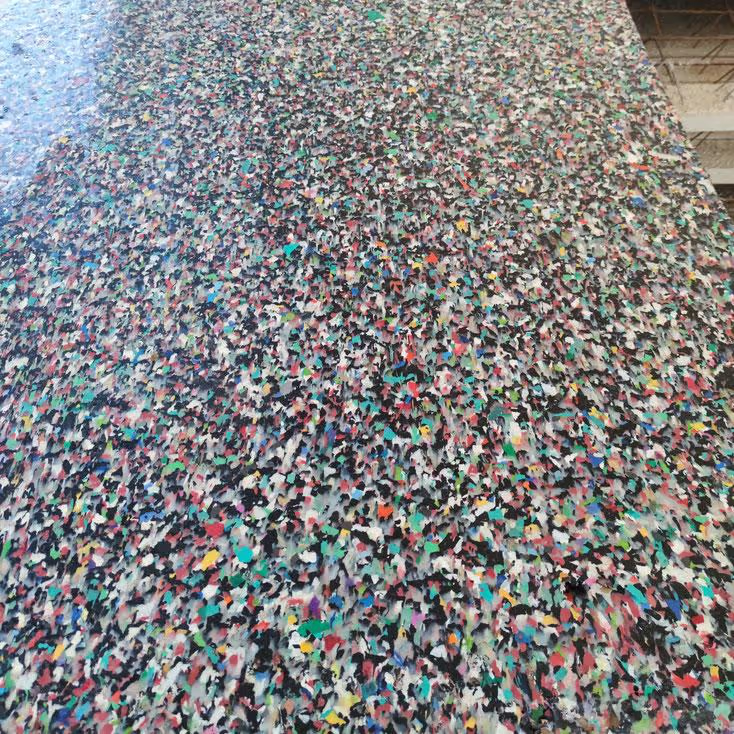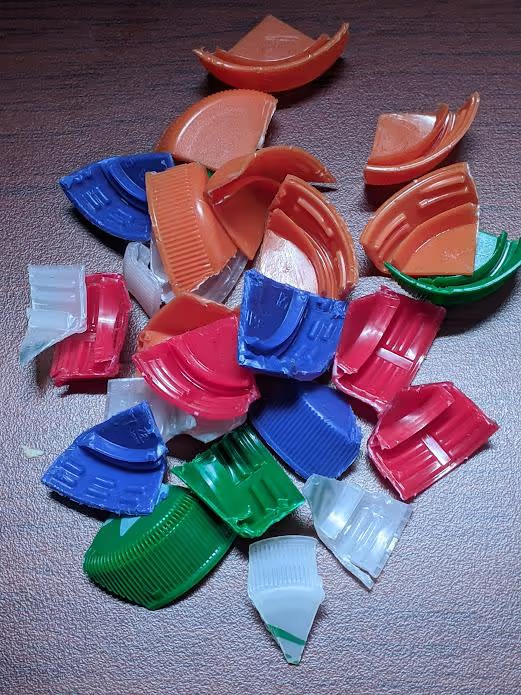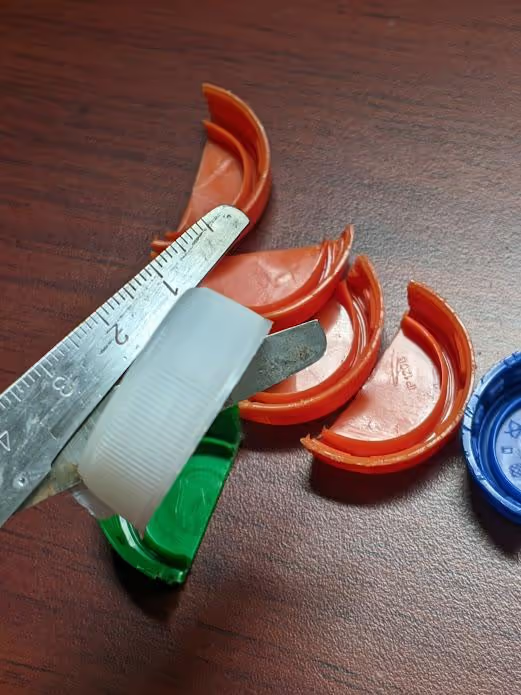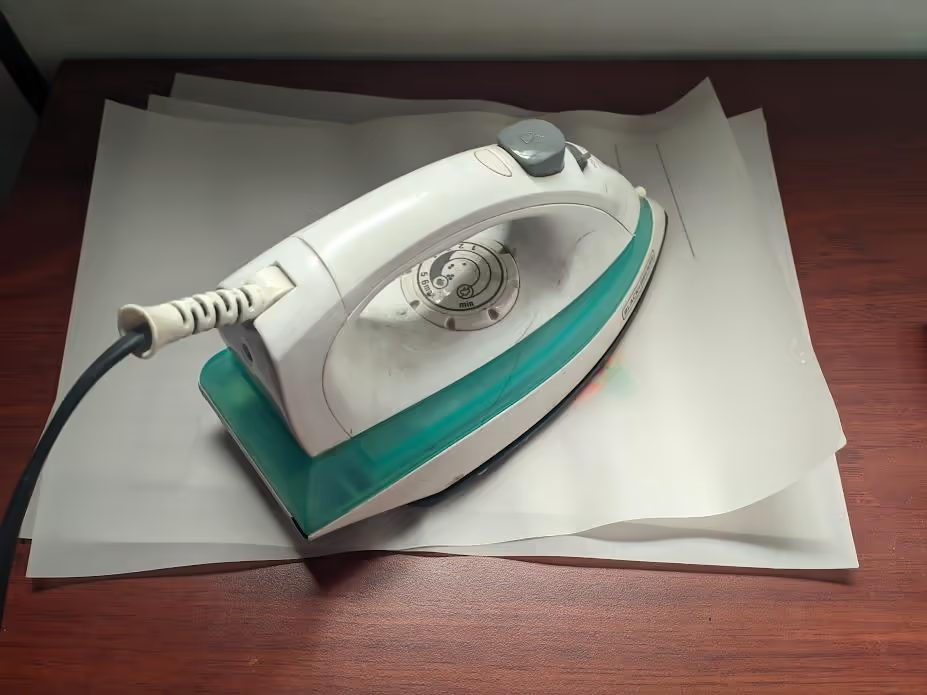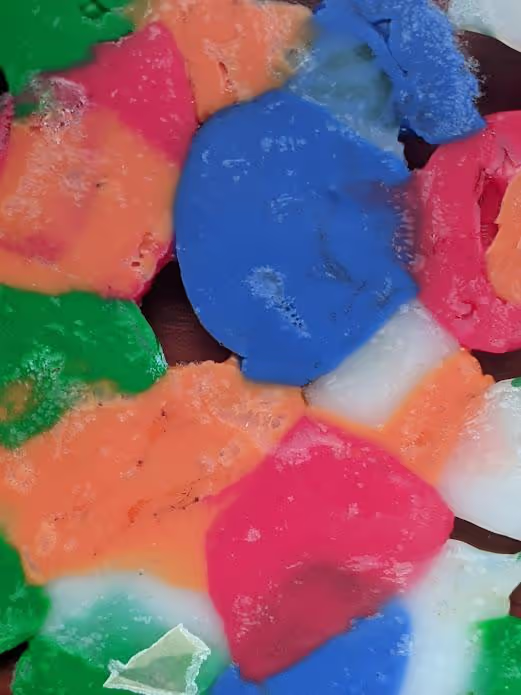HDPE Sheet Production Guide
Producing an HDPE sheet may become complex over time as unexpected issues arise during plastic handling. However, creativity and problem-solving can lead to successful project outcomes, even in academic settings.
Table of Contents
-
Acquiring supplies is straightforward as this material is commonly found in various containers, lids, and toys.
-
To melt plastic effectively, first cut it into small pieces. For home processing, use a blender. If this causes pieces to fly out, scissors and manual force can also work.
-
To melt HDPE, maintain a temperature above 275 degrees Fahrenheit (135 degrees Celsius). This can be achieved using a hot plate, hair iron, or clothes iron if a heat gun or more advanced equipment is unavailable.
- 4Outcome
In this tutorial, we will create a uniform plastic sheet to illustrate a basic approach to industrial plastic transformation from home.
To address the tools, software, and hardware required for HDPE sheet production based on the provided tutorial, here’s a concise breakdown:
Tools
- Blender (for shredding plastic into small pieces)
- Scissors (manual cutting alternative if blending is ineffective)
Hardware
- Hot plate (melting device for maintaining temperatures above 275°F/135°C)
- Hair iron (alternative for heating/pressing HDPE)
- Clothes iron (substitute for heat application and sheet formation)
- Heat gun (advanced heating tool mentioned as optional)
Software
- No software required (process relies solely on physical tools and equipment)
The tutorial emphasizes repurposing common household items for small-scale production, prioritizing accessibility.
References
Articles
- Sheets of HDPE Manufacturing Process and various Uses
- Recycled HDPE Sheets - Reprocessed Plastics, Inc.
- How Are HDPE Sheets Made?
Tutorials
- Learn how to recycle HDPE at home to make your own bowls
- Plastic Smithing: How to Make Your Own HDPE Plastic Anything
